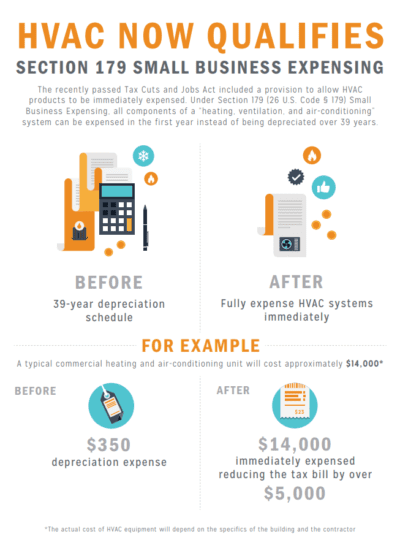Gain Understandings Right Into Ensuring The Performance And Durability Of Your Heatpump System By Steering Clear Of Prevalent Installment Mistakes
Gain Understandings Right Into Ensuring The Performance And Durability Of Your Heatpump System By Steering Clear Of Prevalent Installment Mistakes
Blog Article
Web Content Create By-Ware Crosby
When mounting a heatpump, you should steer clear of typical blunders that might jeopardize its efficiency. Ignoring proper sizing might result in inadequacies and higher utility costs. Ignoring insulation and sealing could cause energy wastefulness and stress on the unit. Moreover, placing the exterior system incorrectly may affect its performance. By preventing these mistakes, you can guarantee optimal operating and resilience of your heatpump system.
Improper Sizing of Heat Pump
When it comes to the setup of heat pumps, one of one of the most common blunders is poorly sizing the unit for your room. Ensuring the appropriate dimension is critical for ideal efficiency. If the heat pump is as well tiny, it will certainly struggle to warm or cool your space successfully, bring about boosted energy expenses and prospective wear and tear on the unit.
On the other hand, if the heatpump is also big, it will certainly cycle on and off frequently, causing temperature variations and minimizing its life expectancy.
To avoid this error, it's important to have a professional evaluate your room and recommend the proper size of the heat pump based on variables like square video footage, insulation, ceiling height, and neighborhood environment. By spending the moment and effort to ensure the proper sizing, you can enjoy a comfortable setting while making best use of energy efficiency and extending the lifespan of your heat pump.
Inadequate Insulation and Sealing
To make sure the efficient procedure of your heat pump, it's crucial to attend to inadequate insulation and securing in your space. Proper insulation assists maintain a constant temperature inside your home, minimizing the work on your heatpump. https://wipe-the-window17394.59bloggers.com/30928067/improve-your-heat-pump-s-capability-and-savings-via-economical-fixing-methods-learn-exactly-how-to-locate-the-optimum-balance can result in energy loss, making your heatpump job harder and much less efficiently.
Securing heatpump service or leaks in your room is similarly important. These spaces permit conditioned air to run away and outside air to leak in, compeling your heat pump to compensate for the temperature level fluctuations.
Wrong Positioning of Outdoor Device
Dealing with the placement of your heat pump's outside system is crucial to enhancing its performance. Mounting the exterior system in an incorrect location can result in performance problems and prospective damage to the unit.
One typical mistake to stay clear of is placing the exterior system too close to a wall surface or other structures. This can limit air movement, triggering the unit to work more difficult to heat or cool your space, ultimately decreasing its performance and life-span.
An additional mistake to steer clear of is placing the outdoor system in straight sunshine. While some sunlight is inescapable, too much direct exposure can bring about getting too hot, especially throughout warm summer days. It's best to position the outside system in a shaded area to help maintain its ideal operating temperature level.
Additionally, ensure that the outdoor system is put on a steady and level surface. Unequal ground can cause vibrations and unnecessary strain on the unit, affecting its efficiency gradually.
Final thought
Finally, staying clear of common errors throughout heatpump installation is essential for making the most of performance and long life of your system. By making certain correct sizing, adequate insulation, securing, and right positioning of the outside device, you can avoid concerns such as inefficiencies, raised power costs, and strain on the unit. Making the effort to deal with these essential variables will inevitably save you money and time in the future.
